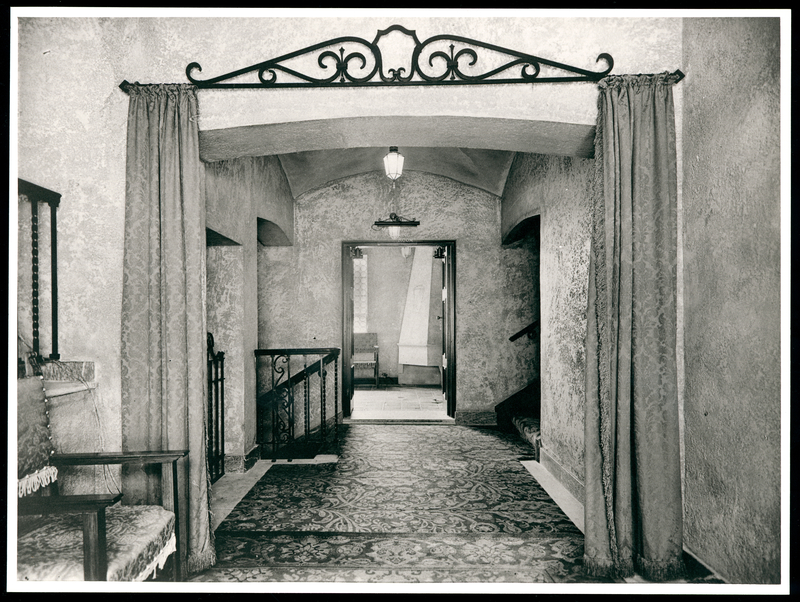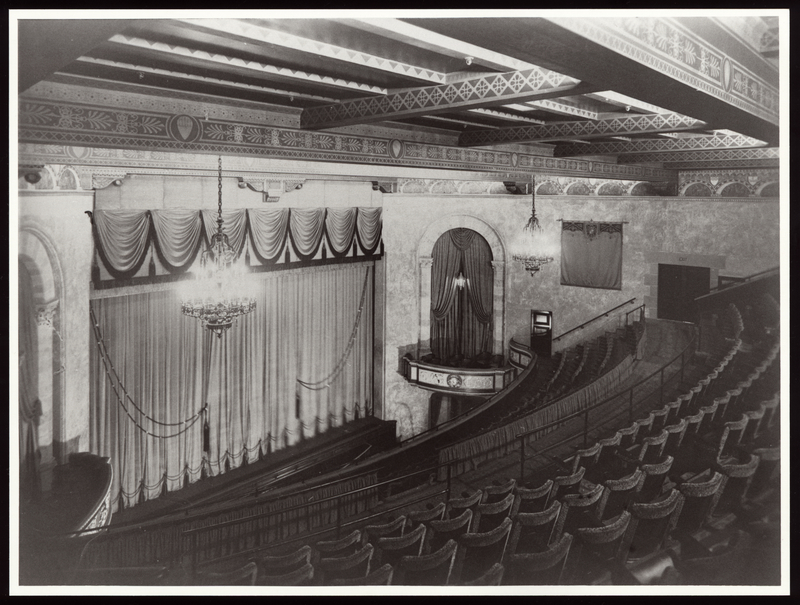Comedy Theatre History
The Comedy Theatre is one of the city’s most unique theatres, dating from Melbourne’s theatrical boom in the late 1920’s.
The first recorded use of the site on the corner of Lonsdale and Stephen (later to become Exhibition) Streets was Rowe’s American Circus in 1852, which flourished in Melbourne’s gold-rush fuelled prosperity. It was soon purchased by theatrical entrepreneur George Coppin as the location for his first Melbourne theatre, the Olympic.
Known locally as the “Iron Pot”, the Olympic was actually a prefabricated cast iron building, manufactured in Manchester, England, and shipped to Australia. The first show was in June 1855, and a conjurer was the main attraction. The Olympic lasted only five years as a theatre, not helped by the nearby Theatre Royal in Bourke Street opening just one week beforehand, which proved to be more central and cooler in summer.
Following its closure, the site was used for a variety of purposes – initially as Melbourne’s first Turkish baths, then following a fire in 1866, as a warehouse. In the 1880’s, it was again used a circus site, as well as the headquarters for ‘King’ Cole, producer of ‘blood-and-thunder’, lowbrow melodrama.



